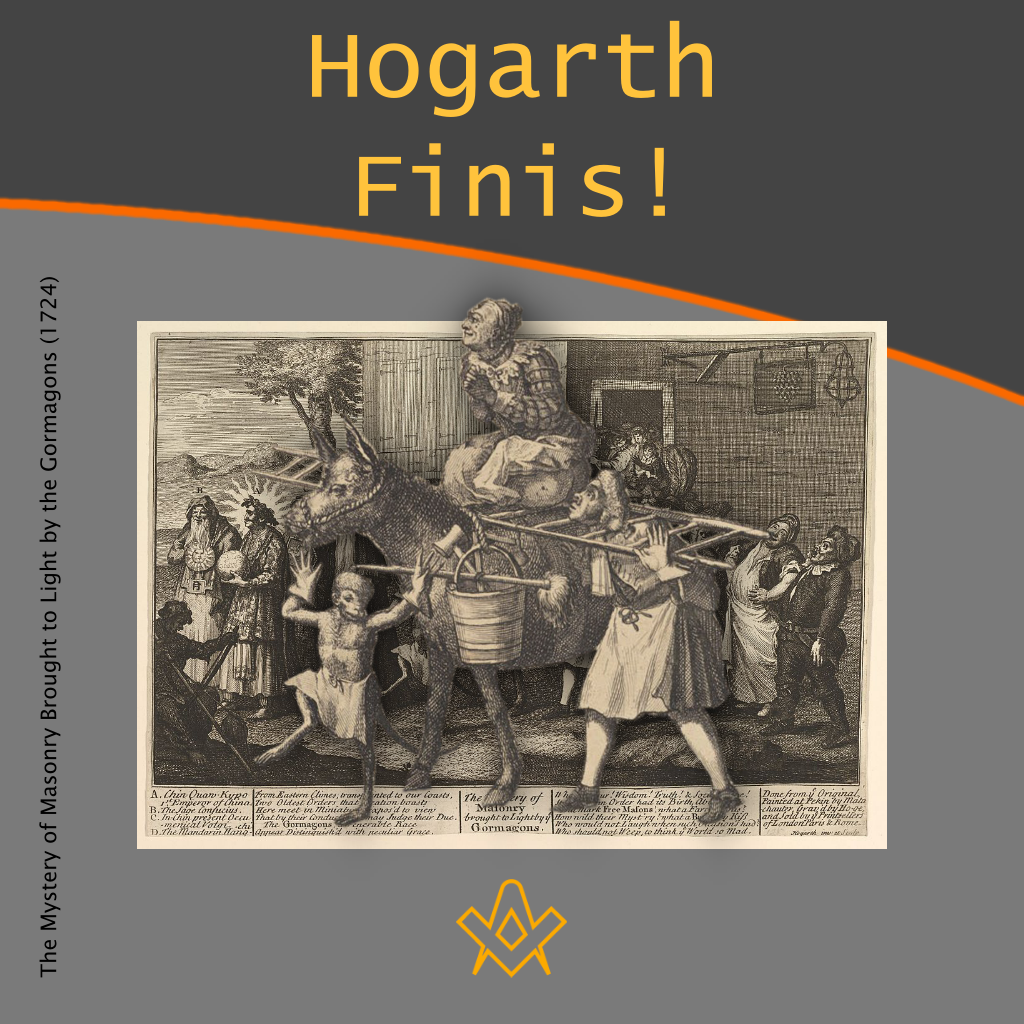Last month we left the revealing Harlot to give the Rake a chance to expose himself.
Hogarth’s second series of prints (A Rake’s Progress, 1734) showed us more Masonic positioning of feet, a symbol of the compass, and the Letter G.
However, the artist featured Masonic symbolism in most of his major works. Let us take a quick look at a few that have never been fully understood.
1: The Sleeping Congregation

Figure 1 – The Sleeping Congregation, William Hogarth, 1728. Minneapolis Institute of Art
IMAGE LINKED: wikimedia Attribution 4.0 International (CC BY 4.0)
Hogarth’s first painting has been totally underappreciated by the Minneapolis Institute of Art.
For years I have tried to tell them how their ‘rough sketch’ is bursting with Masonic clues:
– the only painting that shows the Premier Grand Lodge of Freemasons
– the first depiction of the letter ‘G’ (for Geometry)
the first time the bible and compass are presented on a tasseled cushion
The painting also hides:
– the First Grand Master – Inigo Jones (who is hidden in the handkerchief)
– the Senior Grand Warden of that Lodge – Sir James Thornhill (Sergeant painter to King George I)
– the first Grand Chaplain, Orator Henley
Hogarth hid another two futures into the work:
– the future Mrs. Hogarth – she is the girl with the googly eyes, looking up at a young man who is dropping a rose from the balcony.
Himself! Yes, there is a never-before-seen self-portrait of William Hogarth. He is the guy dropping the rose.
2: The Gormagons

Figure 2 – The Mystery of Masonry Brought to Light by the Gormagons, William Hogarth, 1724.
IMAGE LINKED: wikimedia Attribution 4.0 International (CC BY 4.0)
Another misunderstood work by Brother Hogarth, The Mystery of Masonry Brought to Light by the Gormagons (1724) does not mock the Craft as is often thought. It mocks a rival group that attempted to take over Freemasonry.
The fascinating story of how this coup failed comes down to a song! My eBook on this subject includes a sound file of this catchy melody that almost destroyed Freemasonry.
Hogarth mocked this group that ‘aped’ the traditional fraternity. He also brought attention to the bizarre mock-Masonic ritual of putting one’s head through the rungs of a ladder and kissing an old woman’s behind. Would you believe that all of this is quite easy to explain!
3: Night – Times of the Day
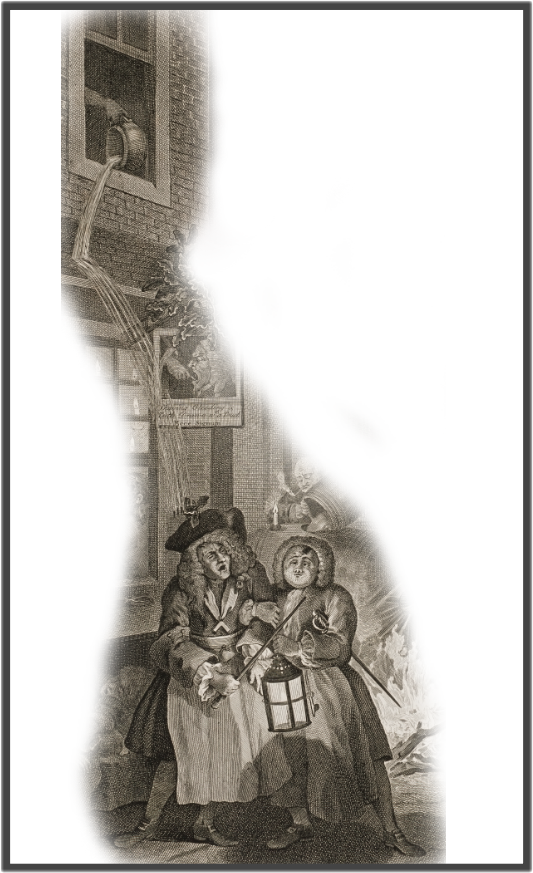
Figure 3 – Detail within Night from Times of the Day, William Hogarth, 1726.
IMAGE LINKED: wikimedia Attribution 4.0 International (CC BY 4.0)
The most misunderstood of Hogarth’s work is also easily explained, many thought Night was evidence of Hogarth’s disgust with the Craft.
After all, it does show a chamber pot of urine being emptied over a prominent member of Grand Lodge.
However, this is more of a slight on the two men in particular, than Grand Lodge in general. The fascinating story is told through a dozen clever hidden details that I have deciphered.
Hogarth was warning Freemasons of the impending schism that would result in the eventual formation of the United Grand Lodge of England.

Figure 4 – Night from Times of the Day, William Hogarth, 1726.
IMAGE LINKED: wikimedia Attribution 4.0 International (CC BY 4.0)
My eBook will explain all of this and more. There are other paintings to look at and still more details that the Harlot did not uncover. Believe me, she has much more to show reveal!
Finis…the End!

Figure 5 – FINIS – The Bathos, William Hogarth, 1764.
IMAGE LINKED: wikimedia Attribution 4.0 International (CC BY 4.0)
There are even Masonic clues within Hogarth’s final work which he completed on his deathbed.
It is known as FINIS – The Bathos, and is my final illustration.
I would like to thank The Square Magazine for the opportunity to share with you my Masonic readings of Hogarth’s work through 12 monthly articles.
I would welcome any comment at BrotherHogarth@gmail.com. I have written several books on the subject, and they are all available on my website www.brotherhogarth.com
I have produced an eBook which will summate these past dozen articles along with many more details not mentioned. Download the ‘Reveal’ file at www.brotherhogarth.com
[Publisher Note] We would like to thank Brother Hogarth for his contribution to the Square Magazine. I have enjoyed reading and learning each month something new about Hogarth, English life in the eighteen century and Freemasonry.
Artist: William Hogarth (1697-1764)
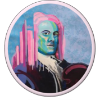
William Hogarth was made a Mason at the Hand and Apple Tree Lodge in Little Queen Street, Holborn, London c1725-28.
He later joined the Bear and Harrow in Butcher Row, known later as the ‘Corner Stone’ Lodge 4, and then Grand Steward’s Lodge. He designed a jewel known as ‘Hogarth’s Jewel’, it remained in continual use into the nineteenth century.
Hogarth was a prolific English painter whose scenes often demonstrated a satirical depiction of 18th century life.
He was responsible for the Copyright Act passed by Parliament in 1735 also known as the Hogarth Act.
Artwork: Tim Fowler
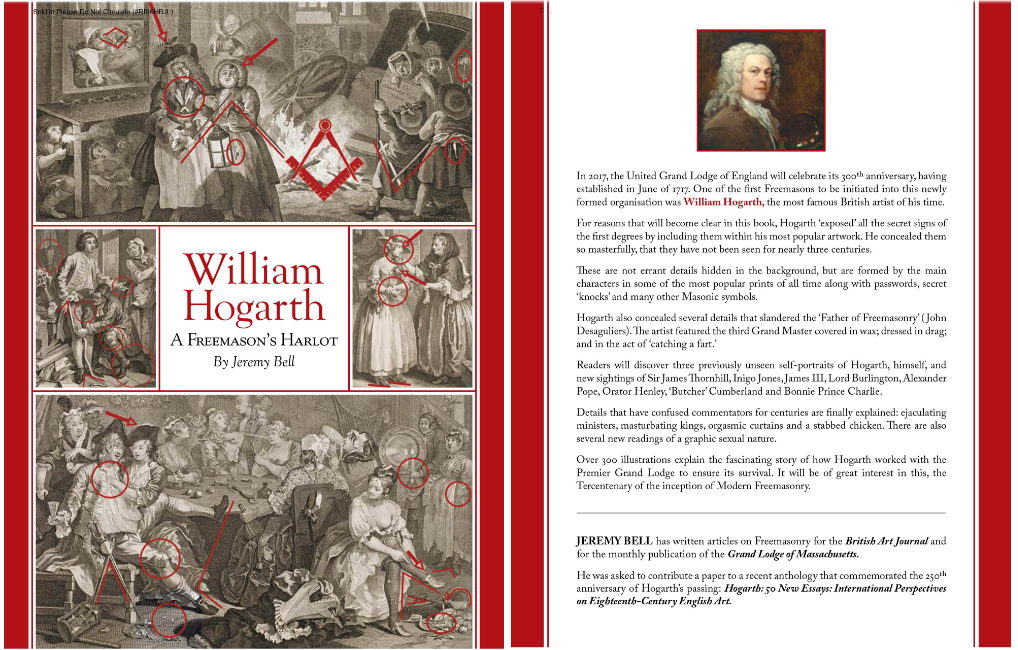
Many more details from the other scenes are explained in my book William Hogarth - A Freemason’s Harlot which is available from my website www.brotherhogarth.com.
Email me at Brotherhogarth@gmail.com. I can show you how many of Hogarth’s other works were Masonically themed.
Recent Articles: by Brother Hogarth
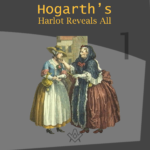 Hogarth’s Harlot Reveals All - Part 1 A new series looking at the hidden Masonic symbolism within Brother Hogarth's works - what can you find? |
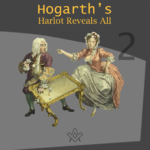 Hogarth’s Harlot Reveals All - Part 2 The second instalment in the series looking at the hidden Masonic symbolism within Brother Hogarth's works - what can you find? |
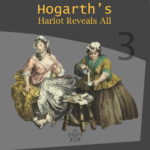 Hogarth’s Harlot Reveals All - Part 3 Brother Hogarth gives us another bawdy glimpse into the salacious world of the 'Harlot's Progress', and the tantalising Masonic symbolism hidden within! Can you spot the clues? |
 Hogarth’s Harlot Reveals All - Part 4 This month we find her in prison doing forced labour. So why, you may ask, is she dressed so finely? This sudden change of costume confused many commentators over the centuries. |
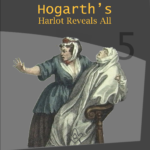 Hogarth’s Harlot Reveals All - Part 5 In last month’s instalment, our Harlot is found in prison doing forced labour. In this instalment the Harlot dies! |
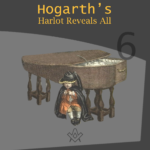 Hogarth’s Harlot Reveals All - Part 6 With our protagonist (the Harlot) lying in her casket, what next for the Widow's Son? |
 Hogarth's Harlot Reveals All - Part 6.2 A naughty clergyman, the virgin, and 'Father Time' - what can Hogarth reveal now?! |
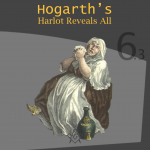 Hogarth's Harlot Reveals All - Part 6.3 Who are the famous men featured in the scene? Hogarth reveals all! |
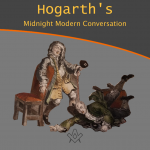 Hogarth's Midnight Modern Conversation Brother Hogarth is back with a look at another work of art with Masonic symbolism 'hidden in plain view' - what is occurring within the Midnight Modern Conversation? |
 Hogarth discreetly embeds more masonic signs and symbols in his paintings , never forgetting, everything he included in his scenes had meaning and is there for a reason. |
 Hogarth discreetly embeds more masonic signs and symbols in A Rake’s Progress, never forgetting, everything he included in his scenes had meaning and is there for a reason. |
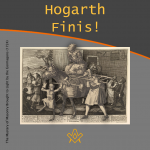 For twelve months Hogarth and his Harlot have revealed all, and the Rake has exposed himself. In this, the last part of the series (for now), we get a final glimpse at a few more of Hogarth's Masonic 'reveals'. |
masonic knowledge
to be a better citizen of the world
share the square with two brothers

click image to open email app on mobile device


